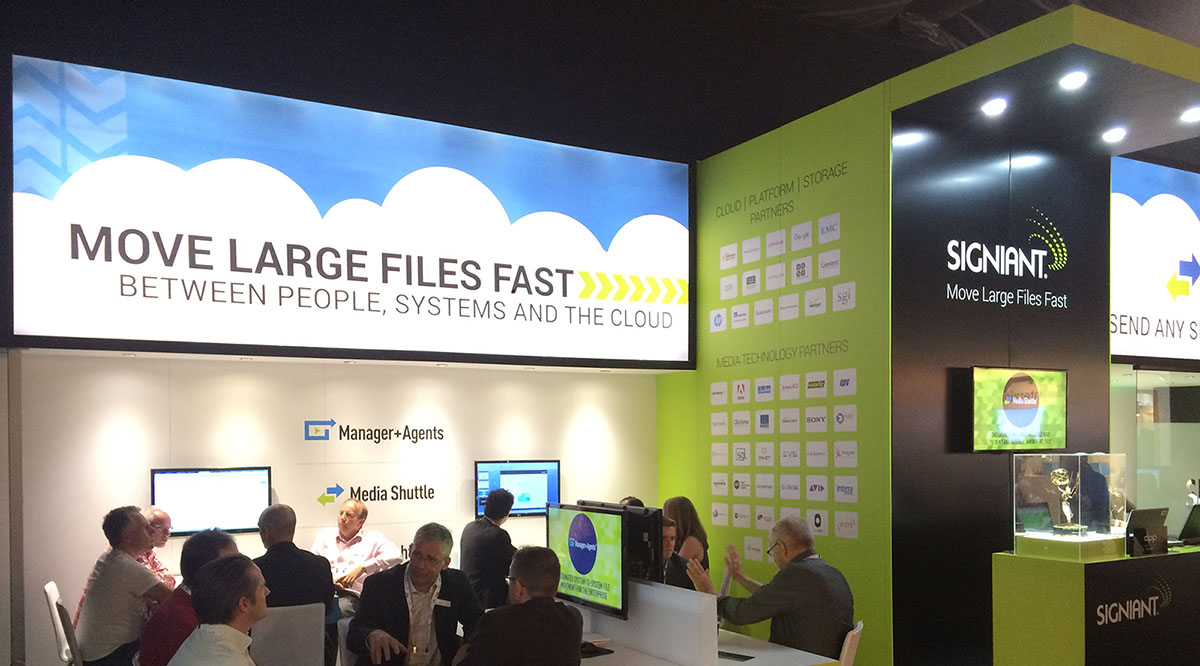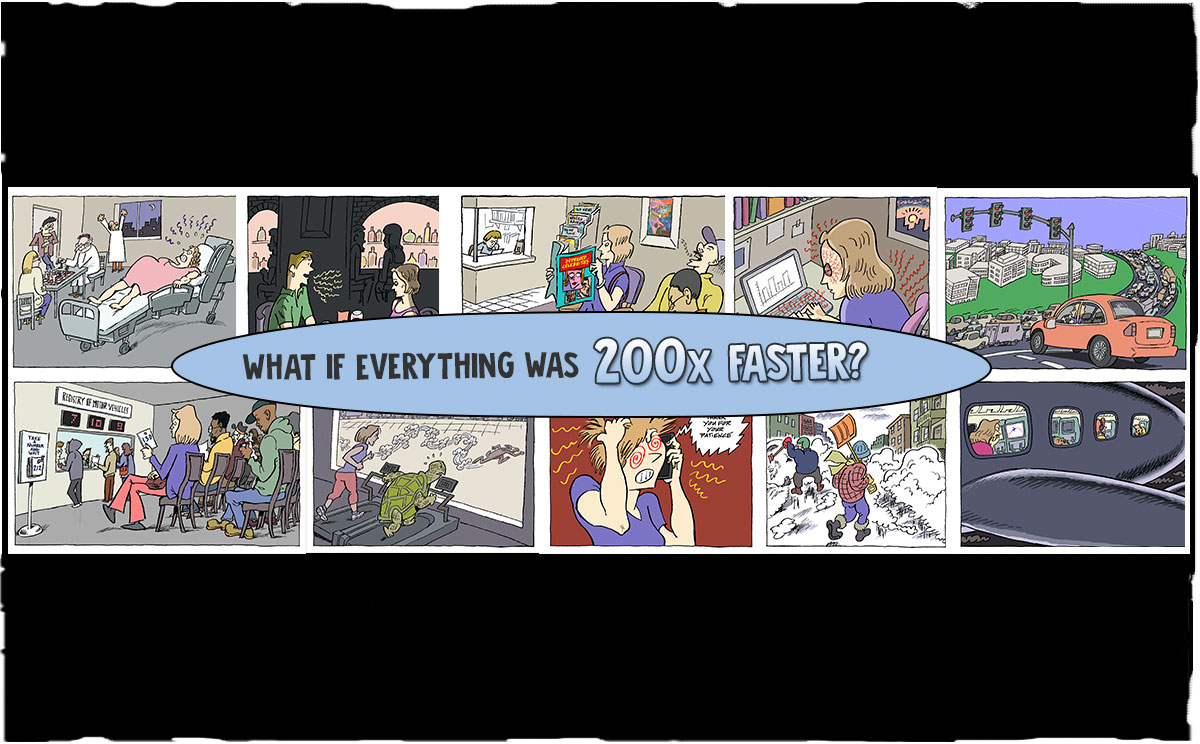The size of media files continues to grow rapidly, and more and more businesses need to regularly handle large file transfer between employees, contractors and partners.
Transferring large files using standard internet protocols like FTP and TCP is slow, prone to failure and generally not secure. Typically, the risks of transferring large files over these protocols are amplified with longer distances. Simply making the bandwidth larger doesn’t result in faster large file transfers because protocols like TCP and FTP still contend with latency when large files move over long distances.
A more advanced file acceleration technology, such as Signiant’s large file transfer technology, minimizes the impact of latency and network congestion. Large files transferred with Signiant’s technology, will move at faster speeds – no matter the distance. Learn more about the latest solution in large file transfer.
Visit Media Shuttle for more information about the easiest and most reliable way to send any size file, anywhere, fast.
Visit Flight for more information about moving large files into and out of the cloud.











